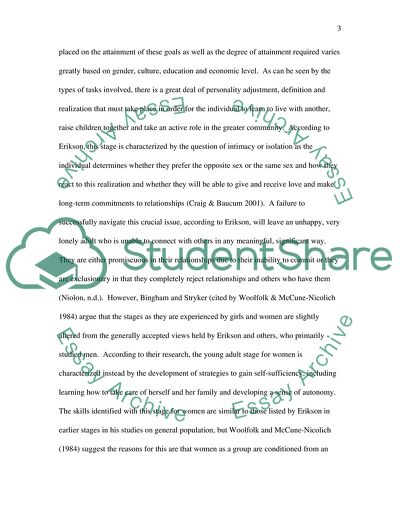Cite this document
(Human Development: Young Adult Through Death Literature review, n.d.)
Human Development: Young Adult Through Death Literature review. https://studentshare.org/psychology/1703547-human-development-from-young-to-late-adulthood
Human Development: Young Adult Through Death Literature review. https://studentshare.org/psychology/1703547-human-development-from-young-to-late-adulthood
(Human Development: Young Adult Through Death Literature Review)
Human Development: Young Adult Through Death Literature Review. https://studentshare.org/psychology/1703547-human-development-from-young-to-late-adulthood.
Human Development: Young Adult Through Death Literature Review. https://studentshare.org/psychology/1703547-human-development-from-young-to-late-adulthood.
“Human Development: Young Adult Through Death Literature Review”. https://studentshare.org/psychology/1703547-human-development-from-young-to-late-adulthood.


